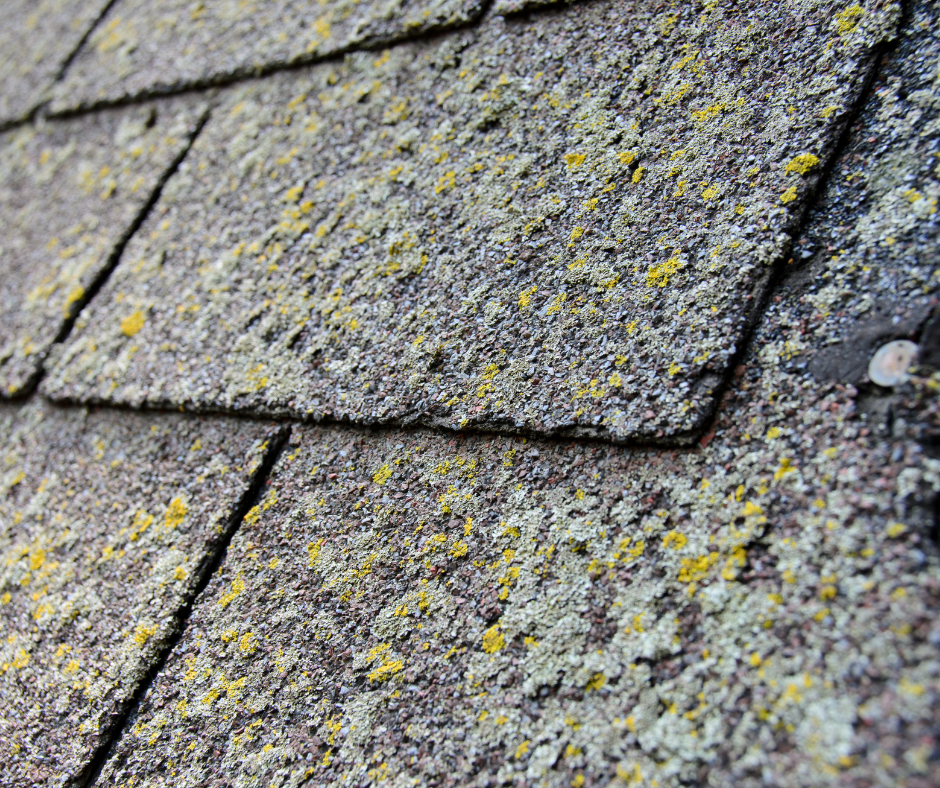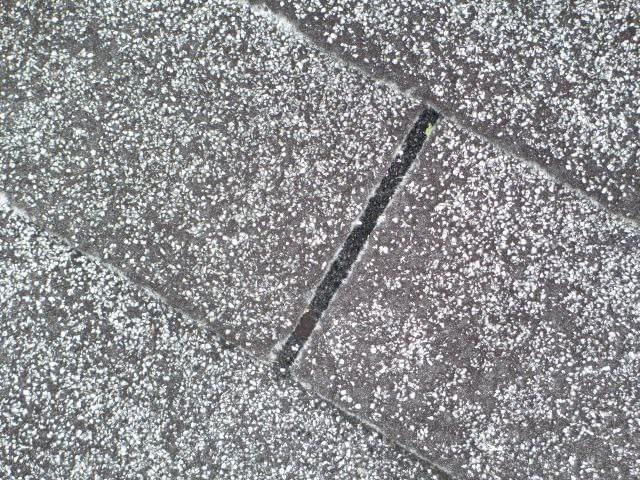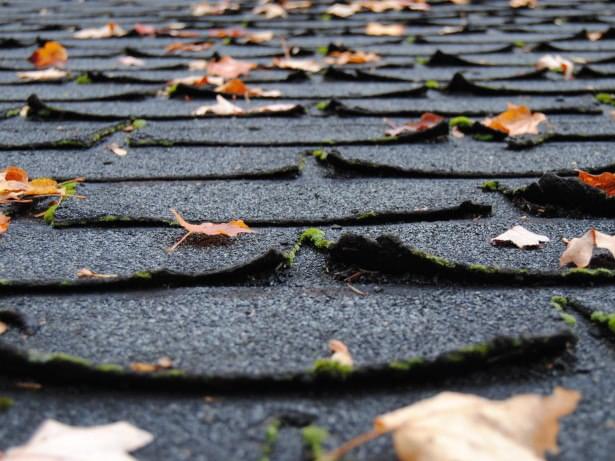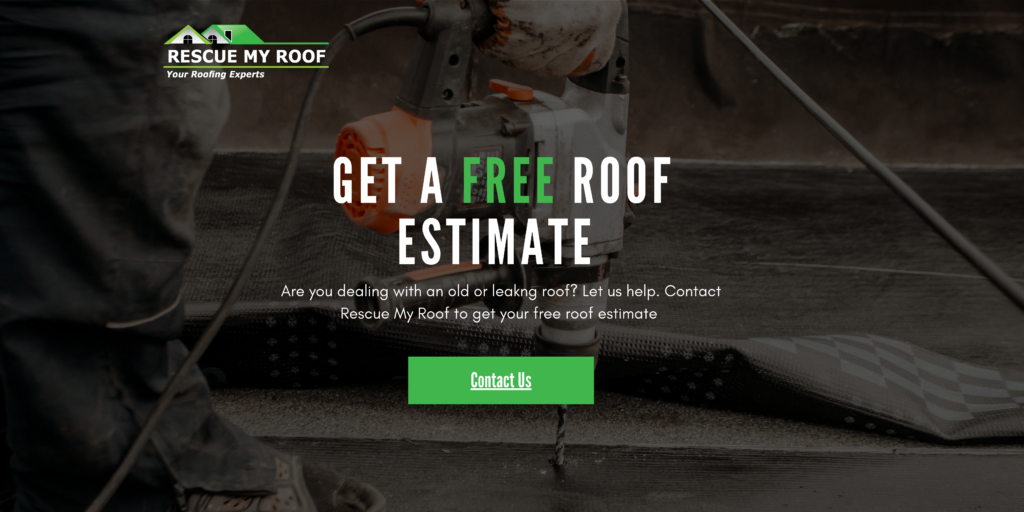5 Signs It’s Time for an Asphalt Roof Replacement
A home is designed to be a haven- a space to show off your character and personality through decor and a shelter that provides safety for you and your family.
All too often, roof issues like sagging, leaks, mold, and water damage threaten the integrity of your home- and the safety of you and your family.
You deserve to feel safe in your home. But a leaking and damaged roof can put a stop to that with a heart-wrenching jolt.
For the past decade, Rescue My Roof has encountered numerous issues like leaks that have put families and their homes at risk. We work with customers daily to ensure that they feel safe in their homes by doing what we do best: teaching property owners about roofing best practices.
As dedicated educators in the roofing industry, we want everyone to feel safe in their homes- regardless of whether they work with us directly.
That is why we have put together a list of all the signs it’s time to replace your asphalt shingles. So the next time you recognize an item on this list in your home, you know the steps to take action and make your home secure again.
Is It Time To Replace Your Asphalt Roof?
Your spidey-senses may tell you your roof needs an upgrade – but how do you know for sure?
Whether it’s your roof’s old age or some symptoms of wear and tear, here are some concrete signs your asphalt roof needs a replacement.
1. Algae Growth

Algae can be found in the weirdest places, including on your roof.
Algae needs a few things to grow: heat, moisture, and nutrients, all of which your roof can provide.
When airborne spores fall onto your roof, and it experiences hot and humid weather throughout the year, it is a recipe for algae growth.
Because algae need and retain moisture, water is more likely to get into your home through your roof. After long-term water exposure, your decking may begin to rot.
Algae can appear as black streaks across your roof. If you notice that algae are beginning to grow, it may indicate that there is further damage. You’ll want to call a roof inspector to see if the damage is beyond repair and qualifies for a total roof replacement.
You can save on costs by cleaning your roof without professional help. Read “The Dos and Don’ts of Cleaning Your Roof” to learn more.
2. Granule Loss

Granule loss is a sign of roof damage that many forget, but it is still essential to know and recognize.
The shingles that protect the outermost layer of your roof are comprised of granules. These granules are compressed together to form the shingle.
Over time these granules loosen and fall off the shingles’ base. It happens bit by bit, so it might be years before you begin to notice.
However, if you look at your roof and notice excessive granule loss, it may be time to replace your roof, as it can cause issues with blockages in your gutters and lead to roof leaks.
Additionally, it may be best to call a professional to inspect your attic and ventilation system. Poor roof ventilation can create excess moisture and be one of the root causes of granule loss. Speak to a roofing contractor to properly diagnose the cause.
3. Asphalt Shingle Curling and Cupping

Rake edges are the portion of your roofline that does not have gutters. On this part of your roof, shingles overhang slightly.
The shingles can begin curling and cupping on an older, damaged roof. If you’re looking up at a shingle roof and see the edges of the shingles lifting upwards, you are witnessing shingle curling.
Why do asphalt shingles begin curling and cupping over time? Here are some of the top reasons:
- They’re nearing the end of their lifespan, and it may be time for a roof replacement.
- If your roof is relatively new, it may mean the shingles were installed incorrectly. They may have been misaligned, or the shingles were installed over too many layers of existing shingles.
- Roof ventilation issues can trap moisture and cause the shingles to curl prematurely.
- Thermal shock is the phenomenon that occurs when the weather rapidly cycles between hot and cold. This can affect your shingles and create a curling effect over time.
Have you noticed your shingles beginning to warp? It is a sign that the shingles need repair as it affects their ability to prevent water from seeping through to your roof.
While this requires a total roof replacement to fix, it may not be as extensive as you think. The decking may still be salvageable if the water damage is not too severe.
If the decking does not have to be replaced over the entire roof, it could save material and labor costs.
4. Hip and Ridge Cap Lifting
The hip and ridge caps are placed on the areas where two sections of your roof meet. These “seal the deal” and prevent water from leaking in those areas.
However, as they are directly exposed to the elements and are curved over the edges of the two roof slopes, they tend to lift.
Lifting can negatively impact the shingle’s ability to protect your home from water damage. If the hip and ridge caps have been lifting for a long time, it might be time to call in an expert to see how extensive the water damage is.
If there are no signs of water damage, like leaks, in those areas and the hip and ridge caps have not been lifted for long, you might be lucky. The ridge caps can be replaced, and the integrity of your roof will still hold strong.
5. Roof Leaks
Leaks are the number one thing we receive calls about at Rescue My Roof.
Certain leaks can be repaired. If you notice water leaking in one area, and the leak is on the smaller side, it might be repairable.
However, if you notice massive leaking issues, discoloration, and mold, it may be time to buy a new roof instead of spending tons of money on repairs.
An inspector can help you determine which option will be more financially viable for you at your roof estimation appointment.
How Can You Catch The Warning Signs Early?
Your roof naturally faces general wear and tear because of its exposure to the elements. However, it’s essential to inspect your roof, at a minimum, once a year.
Issues like roof leaks, curling shingles, and granule loss start small but can grow significantly in the blink of an eye.
You can catch the warning signs before major and costly repairs (or replacements) must be done. Inspecting your roof once a year will help you catch the minor problems before they grow into something bigger.
Inspect your roof once in the fall before it has to endure the winter and once in the spring after the snow has melted.
If you notice any cracked, curling, missing, or leaking shingles, contact a roofing contractor ASAP. Most contractors offer free estimates and inspections and will help you remedy the problem before it escalates.
How Much Does An Asphalt Roof Replacement Cost?
If your roof is experiencing granule loss, shingling cupping/curling, algae growth, or roof leaks, it’s time to seek professional help. Your roof may need extensive repairs or even a replacement.
Asphalt roof replacement costs vary depending on how complex your roof is to the rising cost of materials. However, in 2022 the average roof replacement cost will be upwards of $10,000.
You can learn more about roof replacement pricing, and the estimate process with “How Much Does A Roof Replacement Cost” and “What To Expect At My Roof Estimation Appointment.”
Are you already seeing the signs of needing to replace your asphalt roof? You can rescue your roof today with the experts at Rescue My Roof. Serving Southeastern Wisconsin, we are here to make the roofing process quick and painless.
Contact us today for a free, fast, and honest roof estimate.


